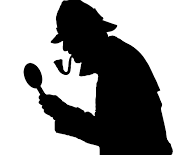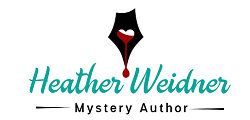Pet Sidekicks
/I love pets, and I'm drawn to mysteries and thrillers that have pet characters. My sidekicks are two crazy Jack Russell Terriers, Disney and Riley. Disney's been the model for Darby in my story, "Moving On," and Bijou in a cozy mystery that I'm working on. I started listing authors who have pets in their mysteries. I found lots with cats and dogs. And only one with a hamster. And I found lots to add to my TBR (To Be Read) piles.
Dogs
Robert B. Parker's Sunny Randall and Rosie the miniature American Bull Terrier
Ellery Adams' Olivia Limoges and Captain Haviland the Standard Poodle
Robert B. Parker's Spenser and Pearl the Wonder Dog
Rita Mae Brown's Mrs. Murphy and Tee Tucker, a Corgi
Spencer Quinn's Chet and Bernie Mystery Series
Dashiell Hammett's Nick and Nora Charles and Asta the Terrier
Judith Lucci's Michaela McPherson's Angel the German Shepherd
Waverly Curtis' The Barking Detective Series with Pepe the Chihuahua
My Delanie Fitzgerald Series with Margaret the English Bull Dog
Cats
David Baldacci's John Puller and AWOL the cat
Lorna Barrett's Tricia Miles and Miss Marple
Lilian Jackson Braun's Jim Qwilleran's Koko and Yum Yum
Rita Mae Brown's Mrs. Murphy and Sneaky Pie Brown
Lots of Pets
Krista Davis' Pens and Paws Mystery Series
Sparkle Abbey's Pampered Pets Mystery Series (Their pen name came from their pets.)
Bethany Blake's Lucky Paws Petsitting Mysteries
Annie Knox's Pet Boutique Murders
Hamster
Janet Evanovich's Stephanie Plum and Rex the Hamster
Who else would you add to the list?



















